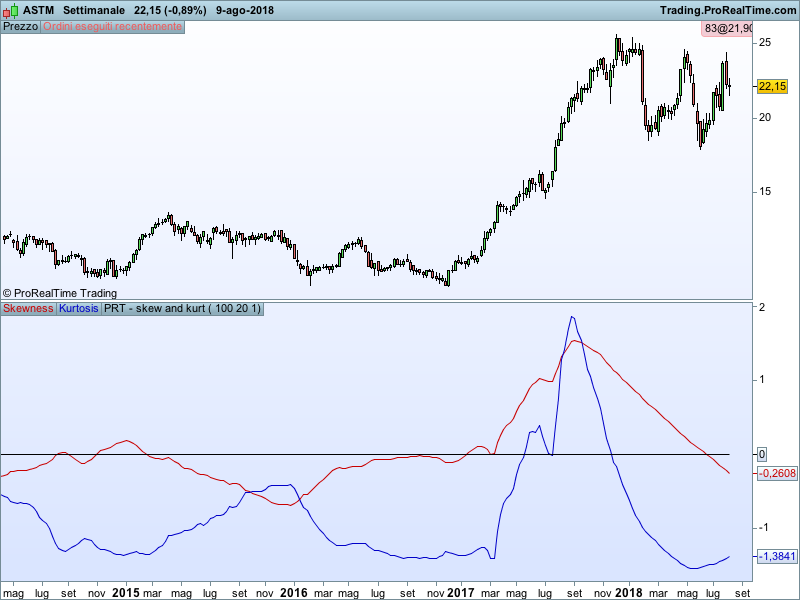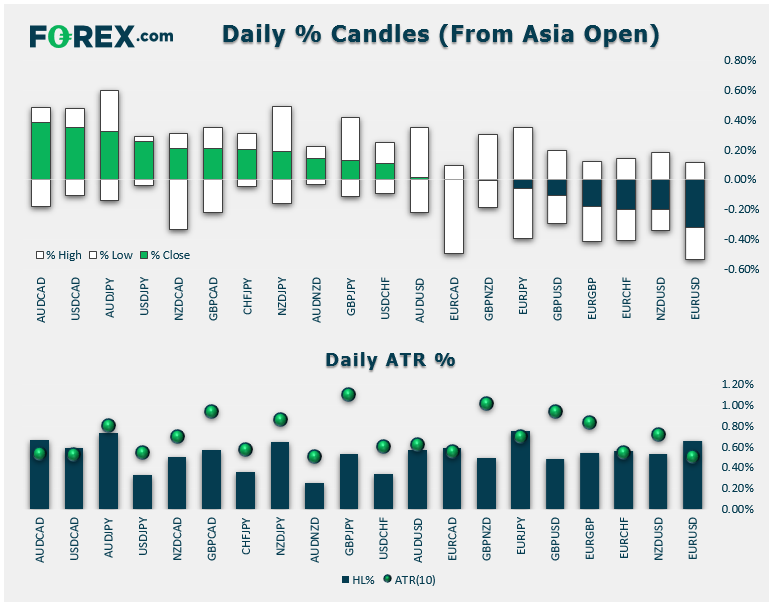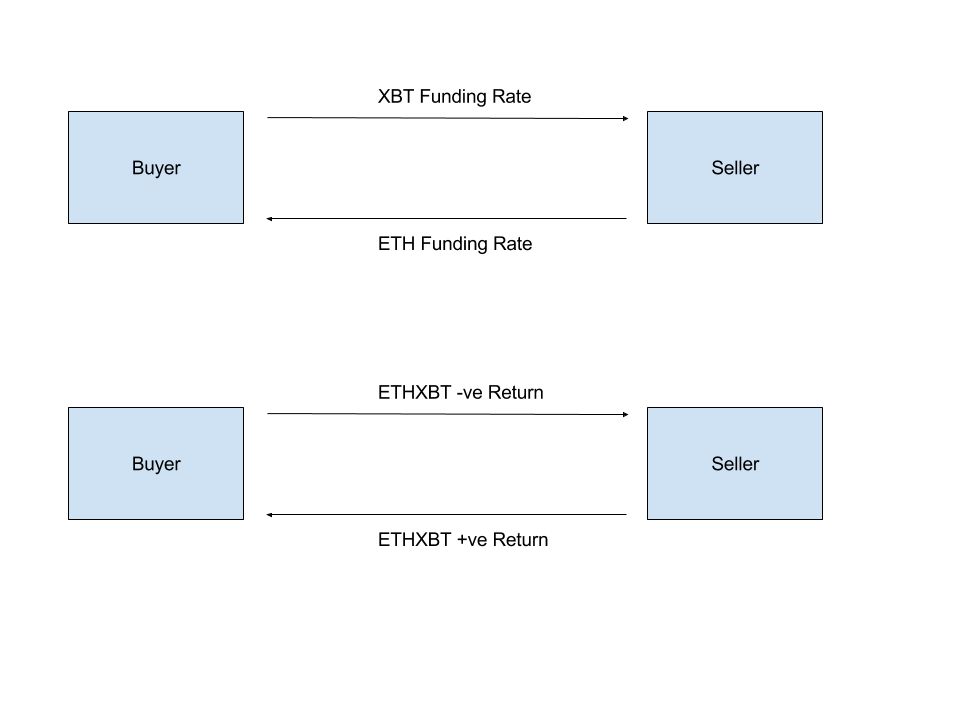A Small Business Guide to Flexible Budgets
Contents:


The factors of https://1investing.in/ are prone to certain limitations and are not in human control. It is quite difficult to prepare and requires experts for its preparation. It is for this reason that many companies do not prepare this budget. Static budgets are often used by non-profit, educational, and government organizations.
A flexible budget, while much more time-intensive to create and maintain, offers an incredibly precise picture of your company’s performance. Due to the ability to make real-time adjustments, the results present great detail and accuracy at the end of the year. While preparing any budget at all is always better than not having one, a static budget does not prepare you for revenue and expense changes in real time. It’s most common to update forecasted line items in a flexible budget following a monthly review of total costs and top-line growth. More than likely, specific sections of your balance sheet or income statements could benefit from a bit more flexibility.
Flexible budget system a practical approach to cost management
The flexible budget shows an even higher unfavorable variance than the static budget. This does not always happen but is why flexible budgets are important for giving management an indication of what questions need to be asked. A flexible budget is a tool used in the preparation of financial statements. It allows companies to prepare budgets under different scenarios to be adjusted for future projections. Operating CostsOperating expense is the cost incurred in the normal course of business and does not include expenses directly related to product manufacturing or service delivery.
Using AI to Adjust Your Marketing and Sales in a Volatile World – HBR.org Daily
Using AI to Adjust Your Marketing and Sales in a Volatile World.
Posted: Wed, 12 Apr 2023 12:09:16 GMT [source]
Flexible budgets are especially beneficial in volatile periods or unpredictable markets. Big Bad Bikes used the flexible budget concept to develop a budget based on its expectation that production levels will vary by quarter. By the fourth quarter, sales are expected to be strong enough to pay back the financing from earlier in the year. The budget shown inFigure 10.27illustrates the payment of interest and contains information helpful to management when determining which items should be produced if production capacity is limited.
Flexible Budget Formula
Any unexpected market shifts may find a material essential to your production line suddenly costing more than three times the original budgeted amount. Leed Company’s manufacturing overhead cost budget at 70% capacity is shown below. Leed can produce 25,000 units in a 3 month period or a quarter, which represents 100% of capacity. This budget is put together before the year starts, and is a static budget.
- A flexible budget lets you adjust to global trends and economic changes rather than trying to anticipate when those will happen .
- For example, if your business predicts that five units will sell per month at $5 each, you can expect a revenue of $25 a month.
- This system gives instant feedback on a department’s performance in terms of staffing hours and dollars.
- During her career, Lisa launched her own small writing and instructional design business and writes about business for major web publishers such as Harvard Business Publishing.
- Nothing ever stays the same, and management has the responsibility to respond to unanticipated adverse conditions and to take advantage of unexpected opportunities.
You can use a budget to plan for various activities or departments within a business. Budgets offer planning and control measures for an organization, and will always vary slightly from actual sales and actual output. With flexible budgets, managers are constantly updating their projections and cost controls with current information.
Budgeting Efficiency
It also looked at the effect a change in price would have if the number of units remained the same. The expenses that do not change are the fixed expenses, as shown inFigure 10.25. This budget can be prepared even if the activity level is not decided since fixed costs are already known to every department and variable costs can be approved as a percentage of sales per unit. For accuracy, the variable cost should be used as a per unit or per activity level.
If they typically produce 500 units, but increase their production to 700 for that period, they can use the flexible budget to determine how this might affect their sales. The company can create three budget scenarios with one comparing the same expected results at 100% of capacity, while the others may be in a range, such as 80% and 120%. The company can then use all the figures to create a new budget for the following year. Using the cost data from the budgeted income statement, the expected total cost to produce one truck was $11.25. The flexible budget cost of goods sold of $196,875 is $11.25 per pick up truck times the 17,500 trucks sold. The lack of a variance indicates that costs in total were the same as planned.
Importance of Flexible Budget
To determine the flexible budget amount, the two variable costs need to be updated. The new budget for sales commissions is $10,500 ($262,500 sales times 4%), and the new budget for delivery expense is $1,750 (17,500 units times 10%). These are added to the fixed costs of $12,500 to get the flexible budget amount of $24,750.
- SaaS businesses typically work with costs like hosting fees and site development, so when website traffic starts to increase, so do those hosting costs.
- Flexible budgets are usually prepared at each business analysis period , rather than in advance.
- If you don’t want to spend hours tracking and forecasting your budget in spreadsheets, check out our financial modeling tool.
- Our writing and editorial staff are a team of experts holding advanced financial designations and have written for most major financial media publications.
- Its production equipment operates, on average, between 3,500 and 6,500 hours per month.
It is also a useful multiple streams of income tool for managers, who can use it to model the likely financial results at a variety of different activity levels. A flexible budget adjusts based on changes in actual revenue or other activities. The result is a budget that is fairly closely aligned with actual results. This approach varies from the more common static budget, which contains nothing but fixed expense amounts that do not vary with actual revenue levels. A flexible budget is one that takes into account your actual production and revenue rather than what you originally projected. This represents your best guess at what will be spent and what will be earned.
Pandemic Budget: 70% Capacity
Flexible budgets demand a bit of imagination and require time spent accounting for hypotheticals, but they allow businesses to adapt to changing external factors. Let’s assume a company determines that its cost of electricity and supplies will vary by approximately $10 for each machine hour used. It also knows that other costs are fixed costs of approximately $40,000 per month. Typically, the machine hours are between 4,000 and 7,000 hours per month. Based on this information, the flexible budget for each month would be $40,000 + $10 per MH.

It’s important to note that your actual results will always be different from the planned target. Budgeting helps management to determine the factors that caused the variance. Flexible budgets allow the management to adjust our plans and accommodate new targets. In the example, the company may have set a 90% target production rate, changed it to 85%, and still possibly achieved only a 75% production level. While even a static budget is better than no budget at all, creating a flexible budget provides a much clearer picture of revenues and production costs. The flexible budget example below displays both the original static budget amount as well as a flexible budget based on increased production levels.

Although with the flexible budget, costs would rise as sales commissions increased, so too would revenue from the additional sales generated. Within an organization, static budgets are often used by accountants and chief financial officers –providing them with financial control. The static budget serves as a mechanism to prevent overspending and match expenses–or outgoing payments–with incoming revenue from sales. In short, a well-managed static budget is a cash flow planning tool for companies.
A flexible budget might be used, for example, if additional raw materials are needed as production volumes increase due to seasonality in sales. Also, temporary staff or additional employees needed for overtime during busy times are best budgeted using a flexible budget versus a static one. A fixed budget is one that stays the same and doesn’t change based on variable costs. Flexible budgets change based on fluctuations with variable costs and have the ability to expand or contract in real time. Flexible budgeting is the type of budgeting process which allows for adjustments due to other changes. It consists of preparing multiple budget scenarios which are then adjusted for different volumes.

Weather conditions could increase shipping costs and result in delayed shipments to customers. While flexible budgets are often used for manufacturing overhead, they’re also pretty common for SaaS businesses. If a SaaS company is forecasting its cost of benefits, it might tie the budget line item to its headcount forecast. So as headcount increases, the cost of benefits also increases according to the per-employee assumption. Some of these include increased cost controls, the ability to measure performance of employees and managers, and being able to make adjustments according to costs and profits. A static budget may be more inaccurate than a flexible budget if the actual volumes vary from the projected volumes.
Flexible budgets do not fix variances, they help to better plan for the future. Revenue is still calculated at month end so costs cannot be retroactively adjusted. This is where a flexible budget comes into play justifying the cost increase based on the actual earned revenue.